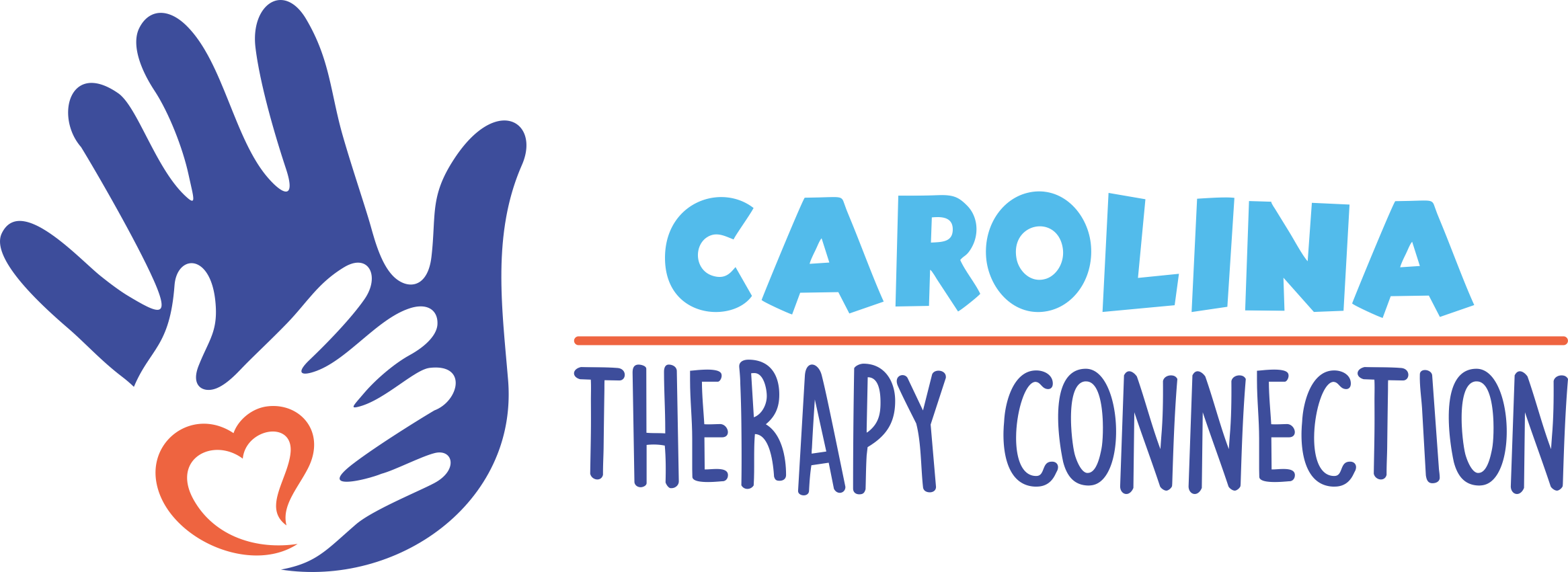How Manual Therapy Helps Children Overcome Pain and Improve Movement
Manual therapy is a hands-on treatment approach that involves manipulating muscles, joints, and soft tissues to improve flexibility, reduce pain, and restore normal movement patterns. For children, this type of therapy can be a game-changer, especially when dealing with musculoskeletal issues, postural imbalances, neurological conditions, or chronic pain. It is a safe and effective treatment option designed to promote healthy movement and development.
What is Manual Therapy?
Manual therapy includes various techniques that a trained therapist uses to treat the muscles and joints. The goal is to help children achieve better mobility, ease discomfort, and improve posture. These techniques are non-invasive and often feel soothing, though the results can be remarkable in terms of long-term flexibility and pain relief.
Some of the common techniques used in manual therapy for kids include:
- Massage: A gentle way to relax tight muscles and improve blood circulation. Massage can help reduce muscle tension and alleviate pain caused by overuse or injury.
- Joint Mobilizations: These are gentle, controlled movements aimed at increasing the range of motion in joints that may be stiff or restricted. It can help improve posture and flexibility.
- Myofascial Release: This technique focuses on relieving tension in the connective tissue (fascia) that surrounds muscles. It’s often used to treat areas of chronic pain and tightness in the muscles and joints.
- Soft Tissue Manipulation: This approach targets the soft tissues, such as muscles and tendons, to help relax them, reduce pain, and improve movement efficiency.
How Does Manual Therapy Help Kids?
Children’s bodies are constantly growing, and sometimes they experience tight muscles, poor posture, or limited flexibility, which can affect their mobility and overall comfort. Manual therapy is particularly beneficial for:
- Musculoskeletal Issues: For children experiencing muscle or joint stiffness, manual therapy can help increase range of motion and reduce discomfort, making it easier for them to move freely and comfortably.
- Postural Imbalances: Kids who sit for long periods, slouch, or have uneven muscle strength can develop poor posture. Manual therapy can address these imbalances, promoting better alignment and reducing pain.
- Neurological Conditions: Certain neurological conditions, such as cerebral palsy or developmental coordination disorders, can affect a child’s muscle function. Manual therapy can help these children move more easily by improving their muscle activation and joint mobility.
- Chronic Pain: Some children experience long-term pain from conditions like juvenile arthritis or injury. Manual therapy techniques help alleviate pain and support a return to daily activities.
Benefits of Manual Therapy for Kids
- Increased Flexibility: Regular manual therapy treatments can help increase flexibility, making it easier for children to engage in physical activities and reduce the risk of injury.
- Pain Reduction: By alleviating muscle tension and improving joint mobility, manual therapy helps reduce chronic pain, making it easier for kids to participate in school, sports, and play without discomfort.
- Improved Movement Patterns: Manual therapy helps restore normal movement patterns, promoting more efficient and less painful movement in daily activities. This is especially helpful for kids with developmental delays or coordination issues.
- Better Posture: Manual therapy can improve posture by addressing muscle imbalances and promoting proper alignment, which is crucial for overall physical health and confidence.
How Carolina Therapy Connection Can Help
At Carolina Therapy Connection, we specialize in providing pediatric manual therapy services to children who experience musculoskeletal issues, chronic pain, and postural imbalances. Our experienced therapists work closely with each child to develop a customized plan to improve flexibility, reduce pain, and restore normal movement patterns. If you’re interested in learning more about Manual Therapy and how we incorporate this approach into therapy, including intensives, please feel free to reach out to us to schedule an evaluation. You can also use this link to explore more about our pediatric intensive therapy services.










